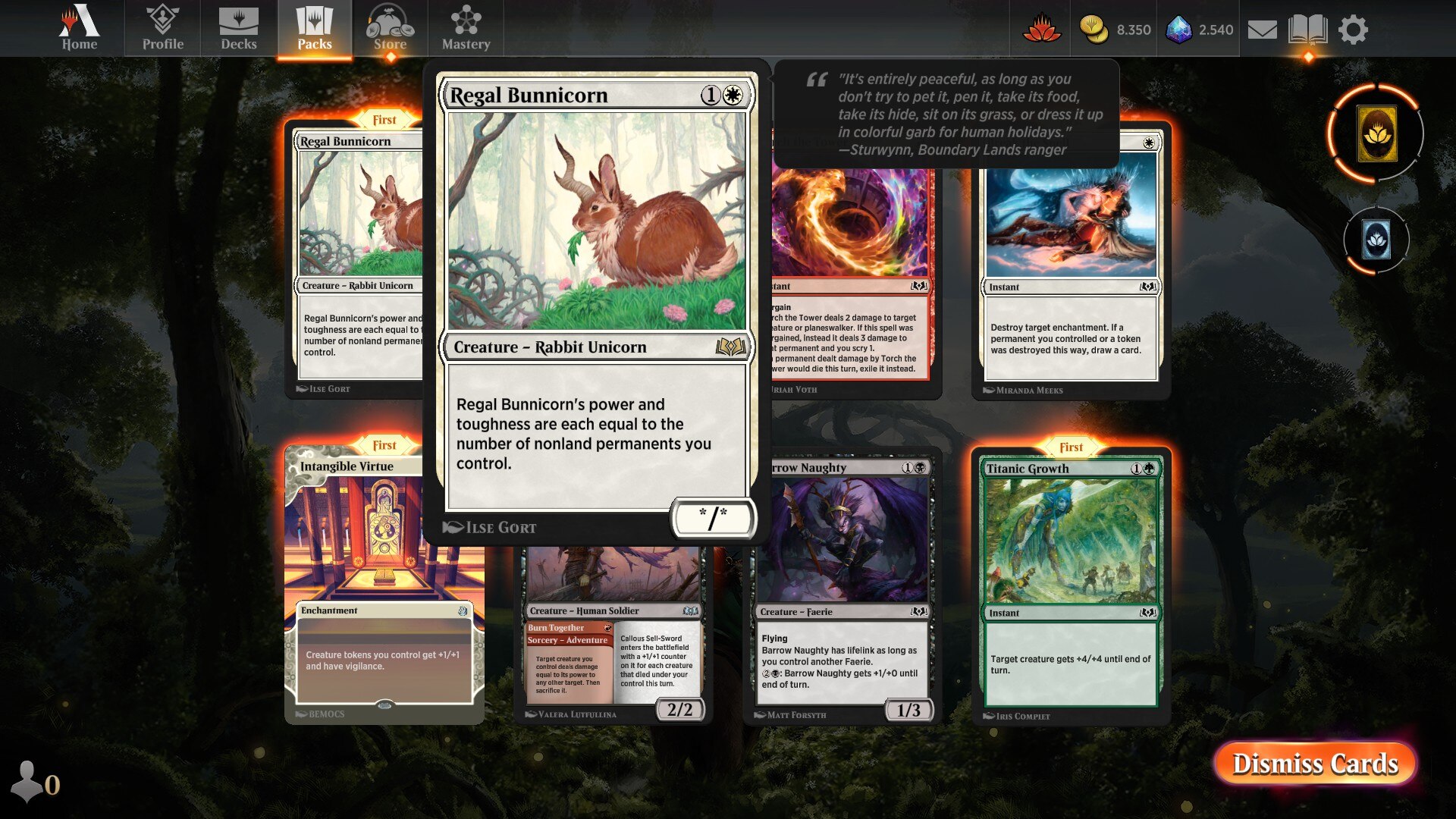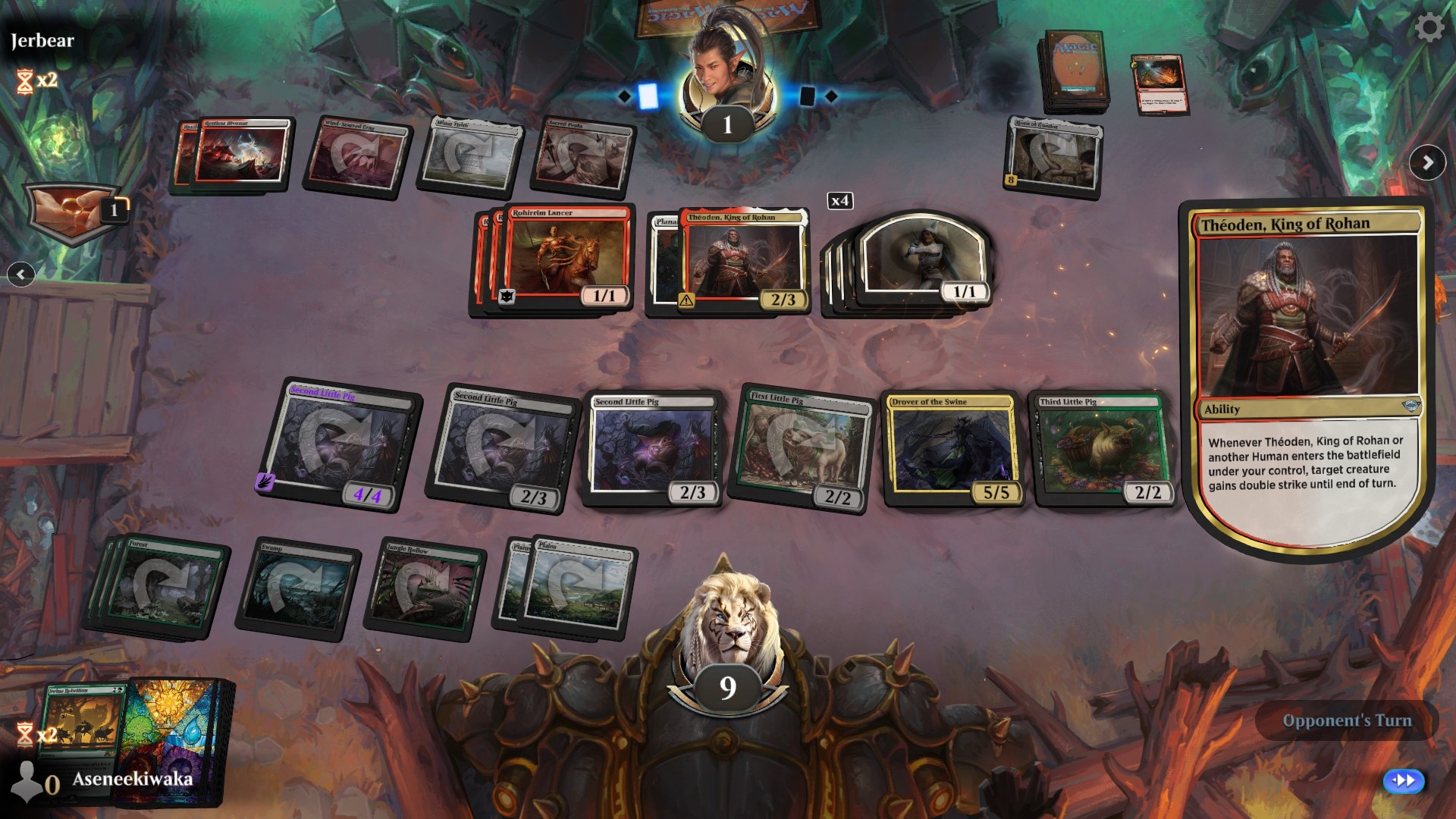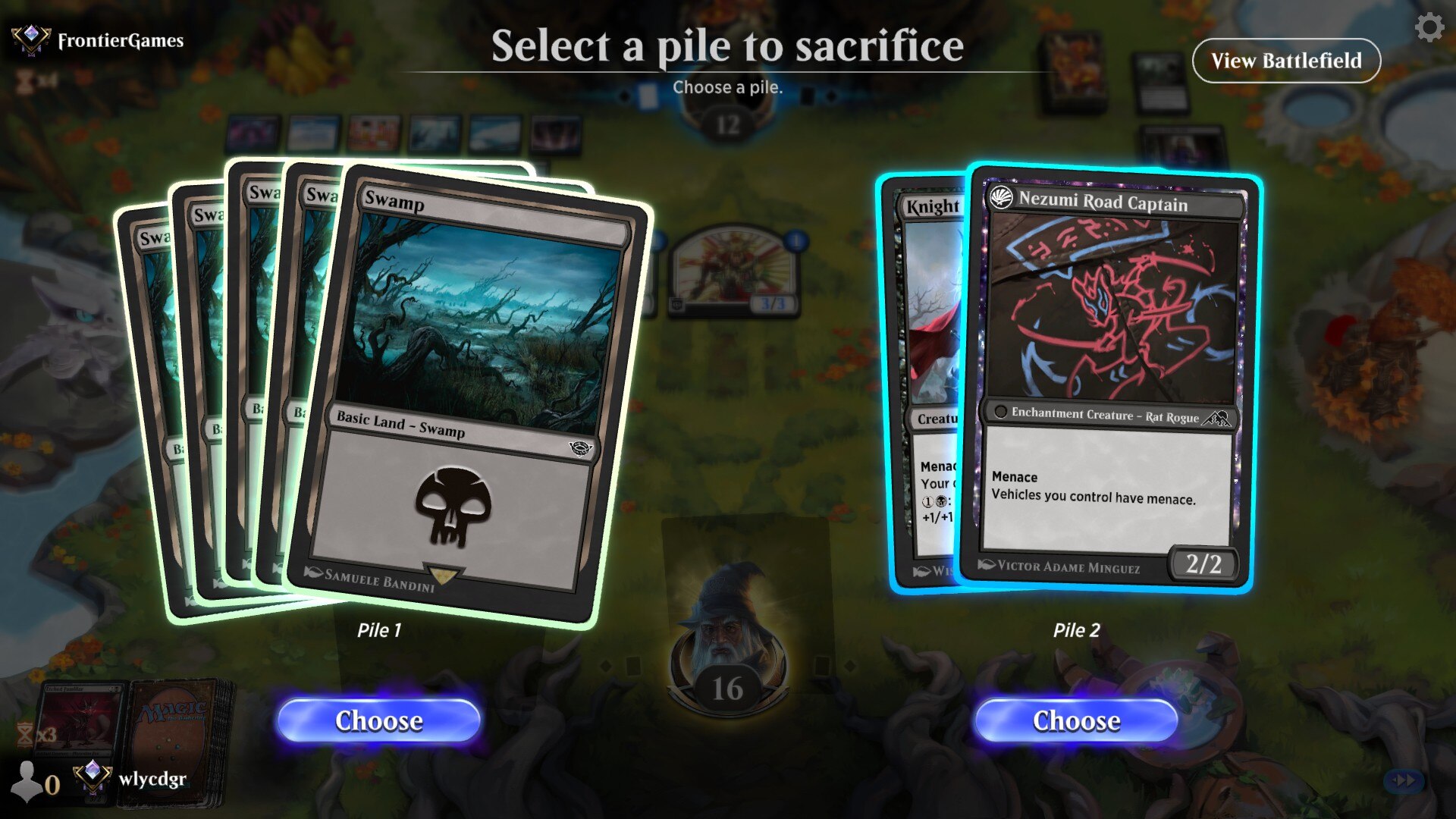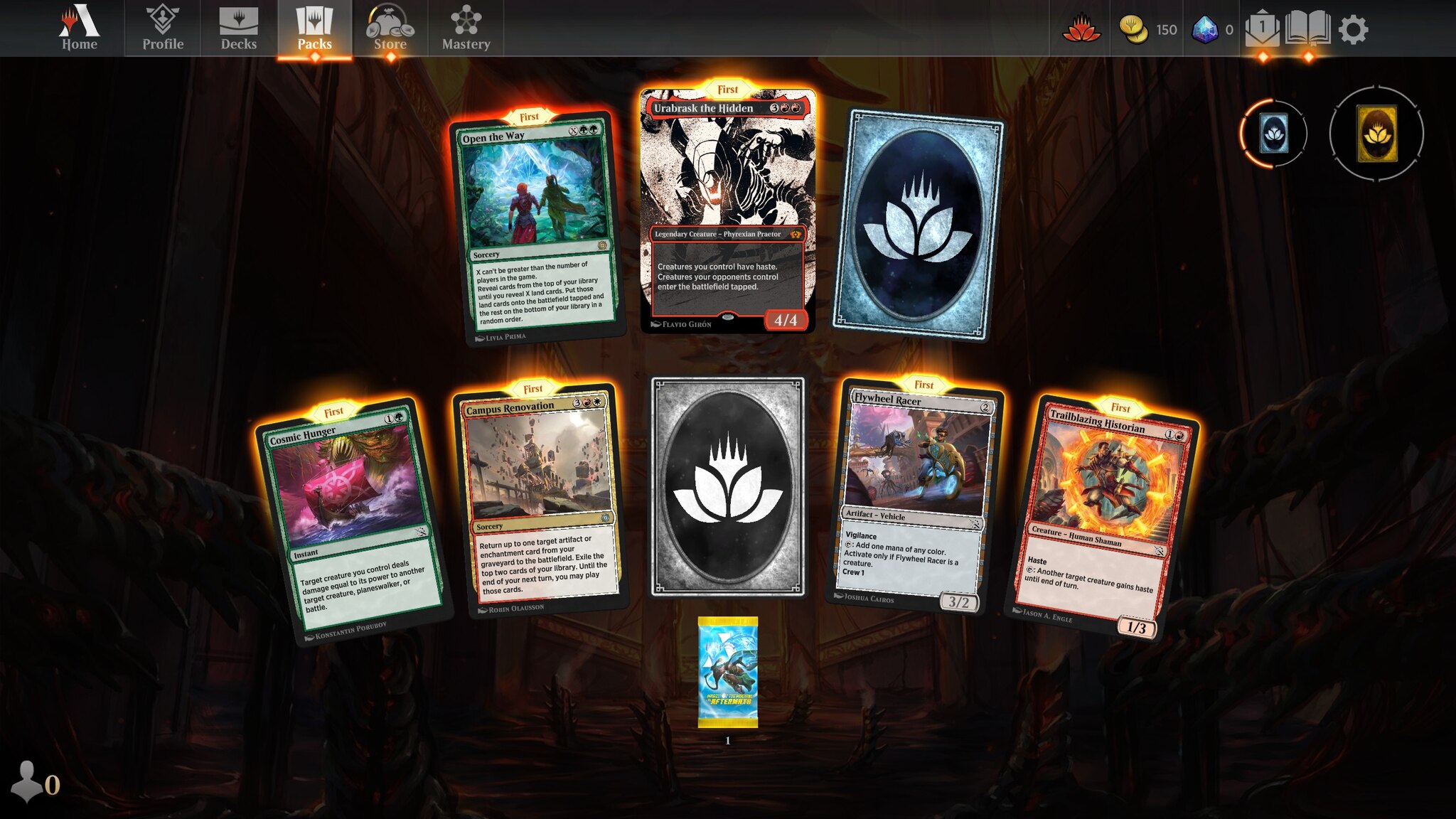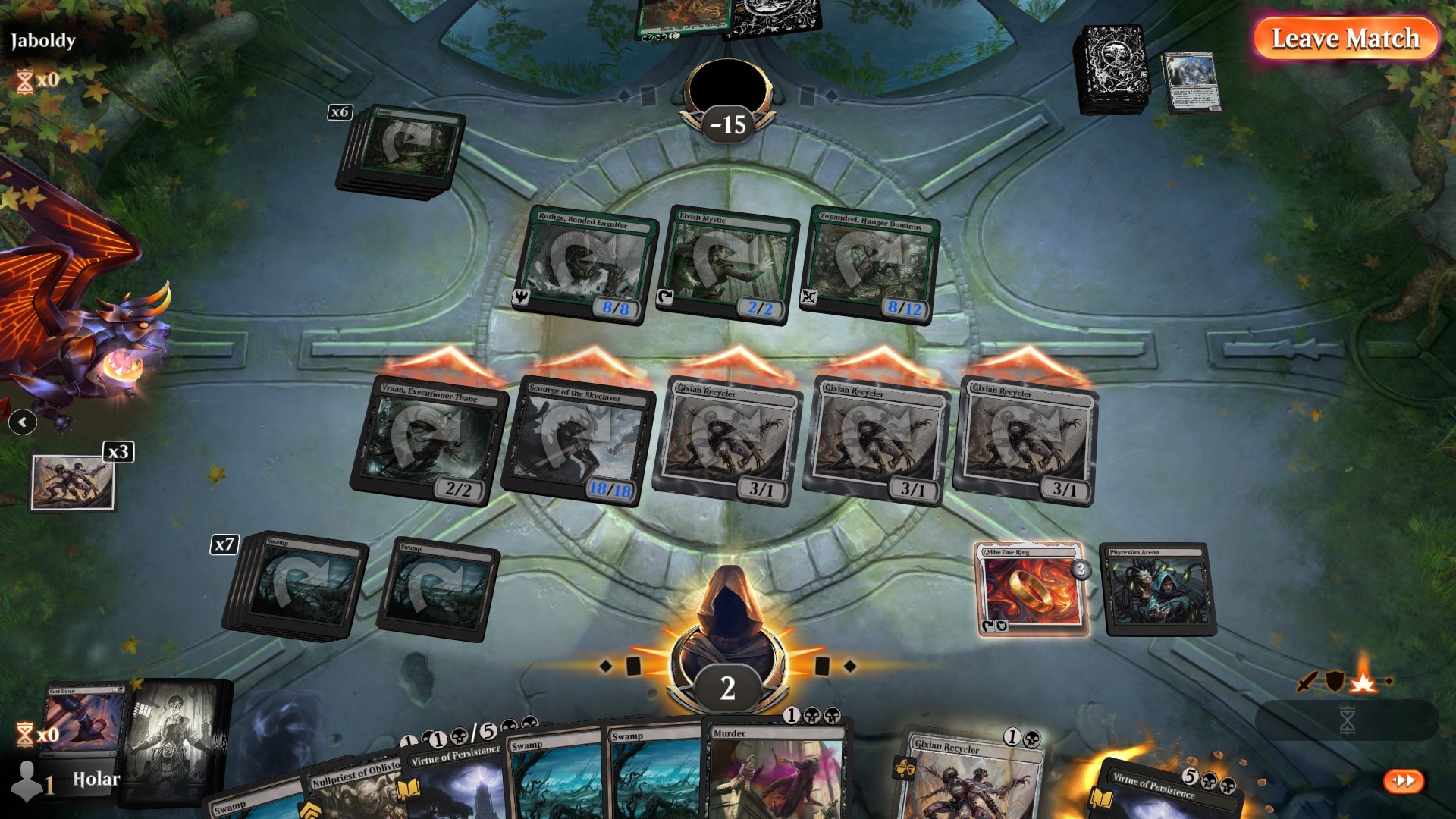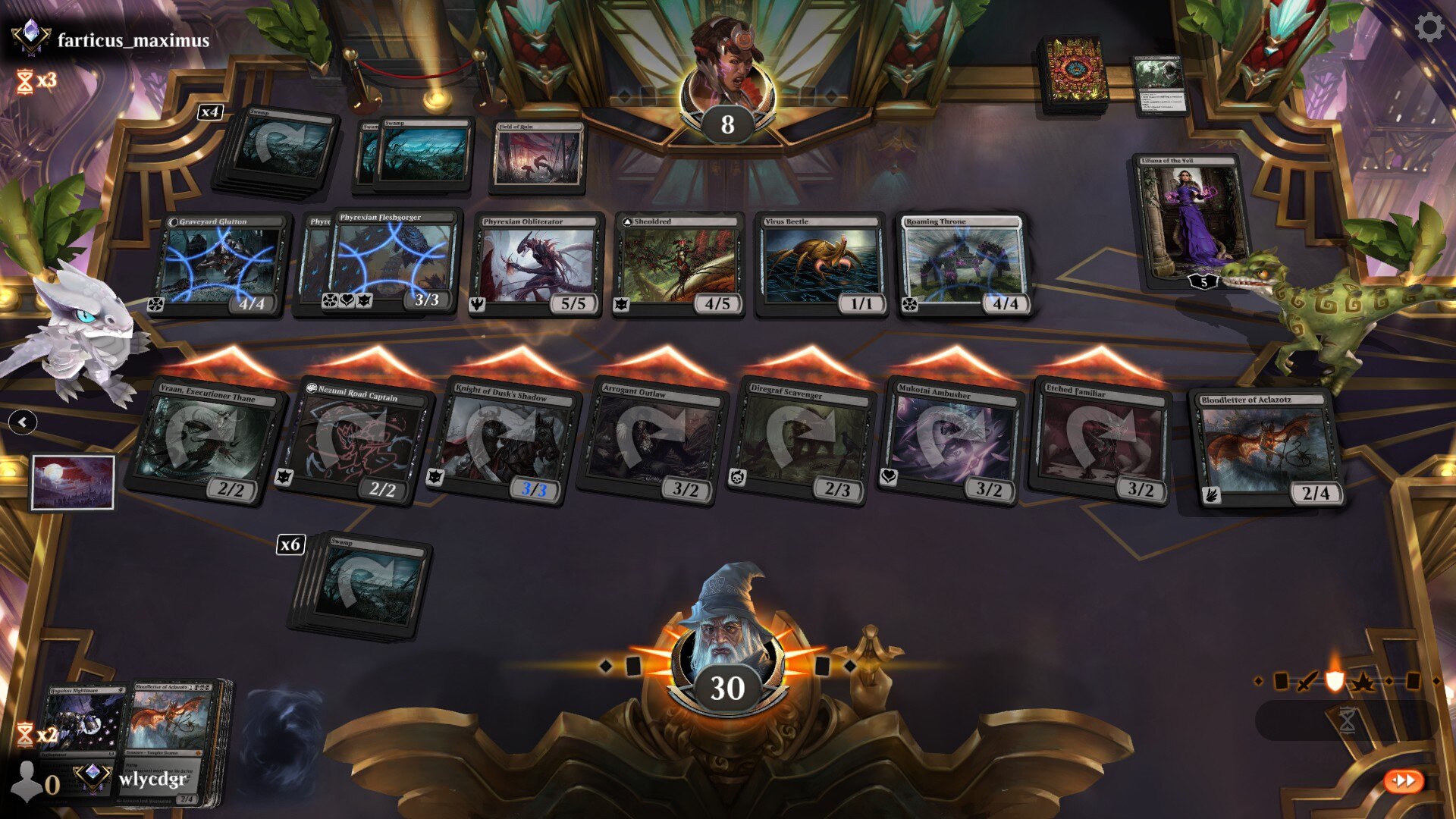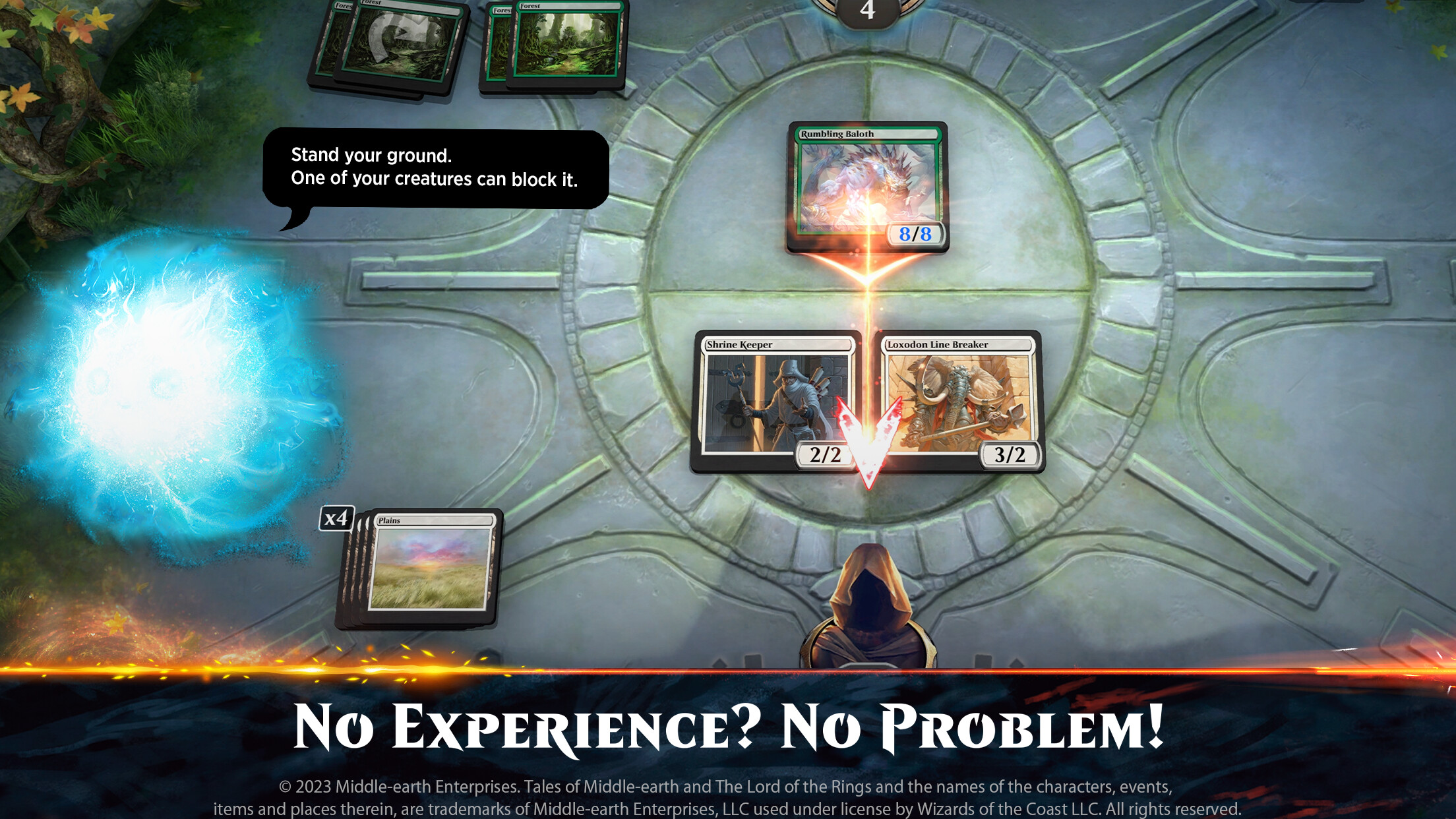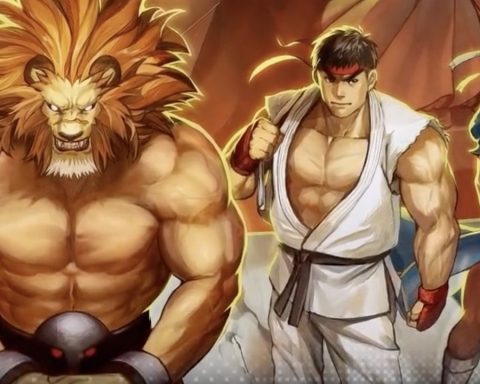Magic: The Gathering Arena (MTGA) is the finest digital adaptation of the iconic collectible card game that has captured the hearts of millions of players worldwide since its inception in 1993 – yes, Magic: The Gathering is 30 years old now. Just imagine how many forests were felled to produce all those cards…
Anyhow, as a newcomer, entering the magical realm of MTGA may seem daunting, with its vast card pool, complex rules, and strategic depth. However, fear not! The learning curve isn’t so bad, and this digital adaptation is very much worth your time.
Understanding the Basics
Magic: The Gathering is a two-player duelling game where the objective is to reduce your opponent’s life total from 20 to 0 using an arsenal of spells, creatures, and artifacts. To begin your journey, it’s crucial to understand the fundamental elements of the game:
Deck Construction: The cornerstone of MTGA is building a deck that suits your playstyle. You start with a selection of pre-constructed decks, and they’re all reasonable and a good way to learn the game at first. Don’t even try and edit decks before you’re confident that you understand the game’s ruleset.
Eventually, though, you’ll want to start building your own decks. It is the appeal of Magic, after all. The best and most important advice we can give here is to pay close attention to the deck’s mana curve, ensuring a balance of low-cost and high-cost spells for a smooth progression throughout the game.
Mana: Mana is the magical energy required to cast spells. Lands generate mana, and you’ll need to strategically manage your mana sources to cast powerful spells. The five colors of mana – white, blue, black, red, and green – each offer distinct playstyles, so experiment and find the one that resonates with you.
Getting Started
Download and Installation: Begin your MTGA adventure by downloading the game from Steam, or the various mobile app stores. MTGA is available on most devices at this point (though it has sadly yet to land on consoles).
Tutorial and New Player Experience: MTGA provides an excellent and brief tutorial to introduce you to the basic mechanics of the game. This guided experience is invaluable for understanding the flow of turns, casting spells, and the overall structure of a match. After completing the tutorial, you’ll unlock those pre-constructed decks to get you started.
Exploring the Interface
Main Menu: Familiarise yourself with the main menu, where you’ll find options such as Play, Decks, Store, and Quests. The “Play” option is your gateway to various game modes, including Standard, Draft, and Historic.
Decks: Explore the “Decks” section to view and modify your decks. As a new player, focus on understanding the cards you possess and gradually experiment with creating your own deck. The deck-building process is an art that evolves with experience.
Store: The “Store” is where you can purchase booster packs, cosmetics, and other in-game items using the in-game currency (gold) or premium currency (gems). However, as a new player, prioritise using your resources wisely.
Game Modes for New Players
Play Mode: Start with the “Play” mode, which offers a casual and friendly environment for honing your skills. Here, you’ll face randomly matched opponents with similar experience levels, providing a balanced and enjoyable experience. Communication options are limited, so you won’t be trolled or mocked. Just allow yourself to get into the flow of the game by spending some time playing match after match.
New Player Quests: MTGA introduces you to a series of New Player Quests designed to familiarize you with various aspects of the game. Completing these quests not only enhances your understanding of MTGA but also rewards you with valuable cards and resources.
Drafting and Limited Formats: Once you feel confident, explore the Draft and Limited formats. Drafting involves selecting cards from booster packs to build a deck on the spot, adding an exciting layer of strategy. Limited formats are a great way to expand your collection and experience a different side of MTGA.
Earning and Using Resources
Gold and Gems: Gold is the primary in-game currency earned through daily quests and wins. Gems, the premium currency, can be purchased with real money. Use these resources wisely to acquire booster packs, participate in events, or enter limited formats.
Wildcards: Wildcards are a unique feature in MTGA that allows you to exchange them for any card of the corresponding rarity. Accumulate these precious resources and use them strategically to fill gaps in your deck or acquire key cards for specific strategies.
Continuous Learning and Improvement
Watch and Learn: The Magic community is vast, and numerous content creators share their insights on platforms like Twitch and YouTube. Watching experienced players can provide valuable lessons, from advanced strategies to deck-building tips.
Participate in Events: MTGA hosts various events and tournaments, offering unique rewards and opportunities to test your skills. Participating in these events not only adds excitement to your journey but also opens doors to new cards and experiences.
Finally, allow yourself to be a little overwhelmed at first. You’re stepping into a game with 30 years history, played on a platform that has been around for a long time now. It’s going to take a short while for you to get comfortable with it. Stick with it, though, because ultimately Magic the Gathering Arena is a hobby in itself, and you’re going to love the deep and rich challenge.

